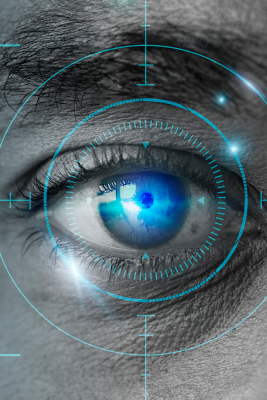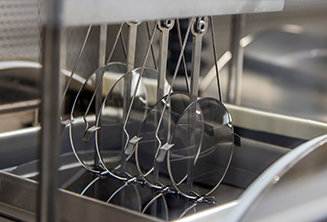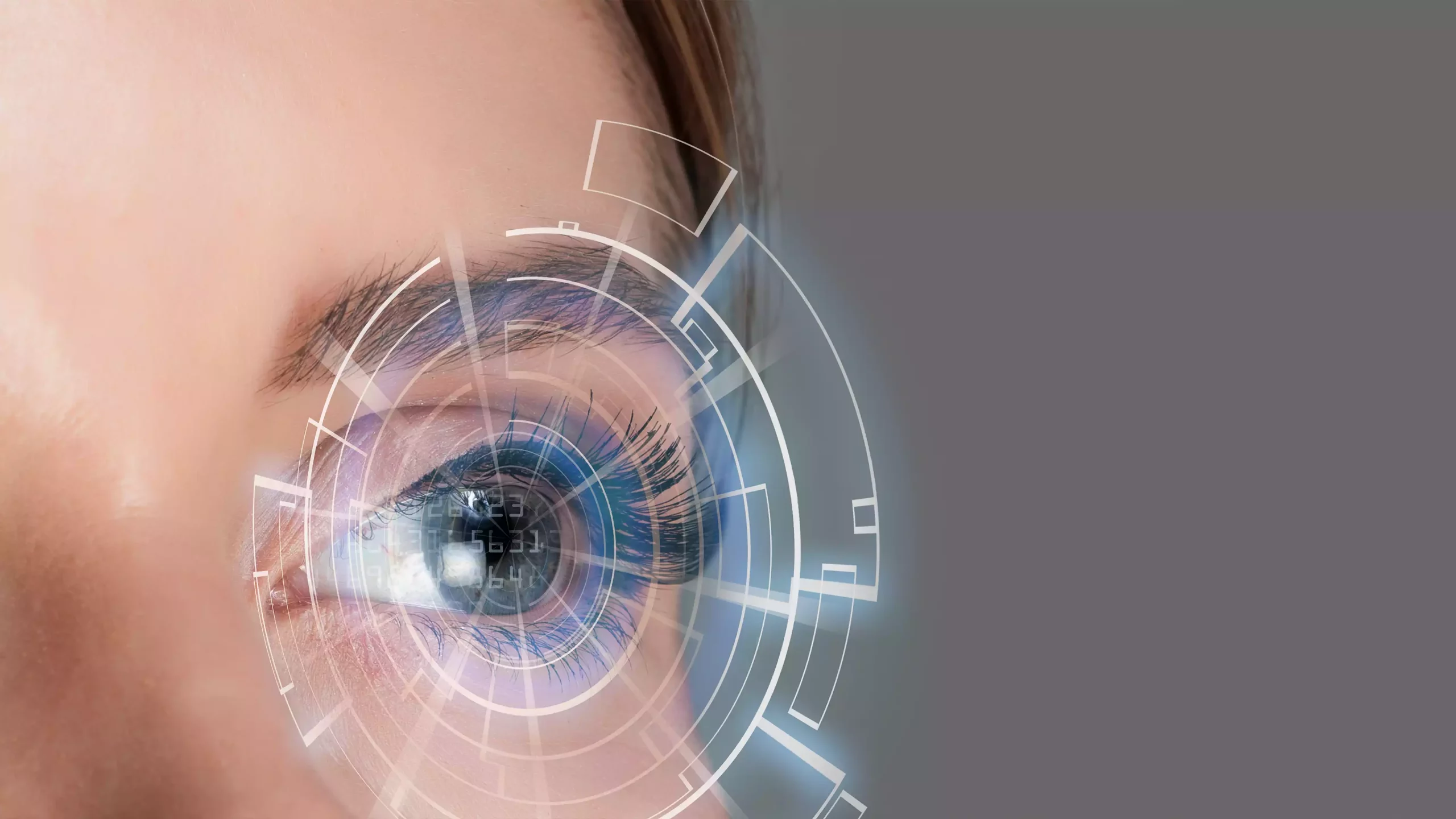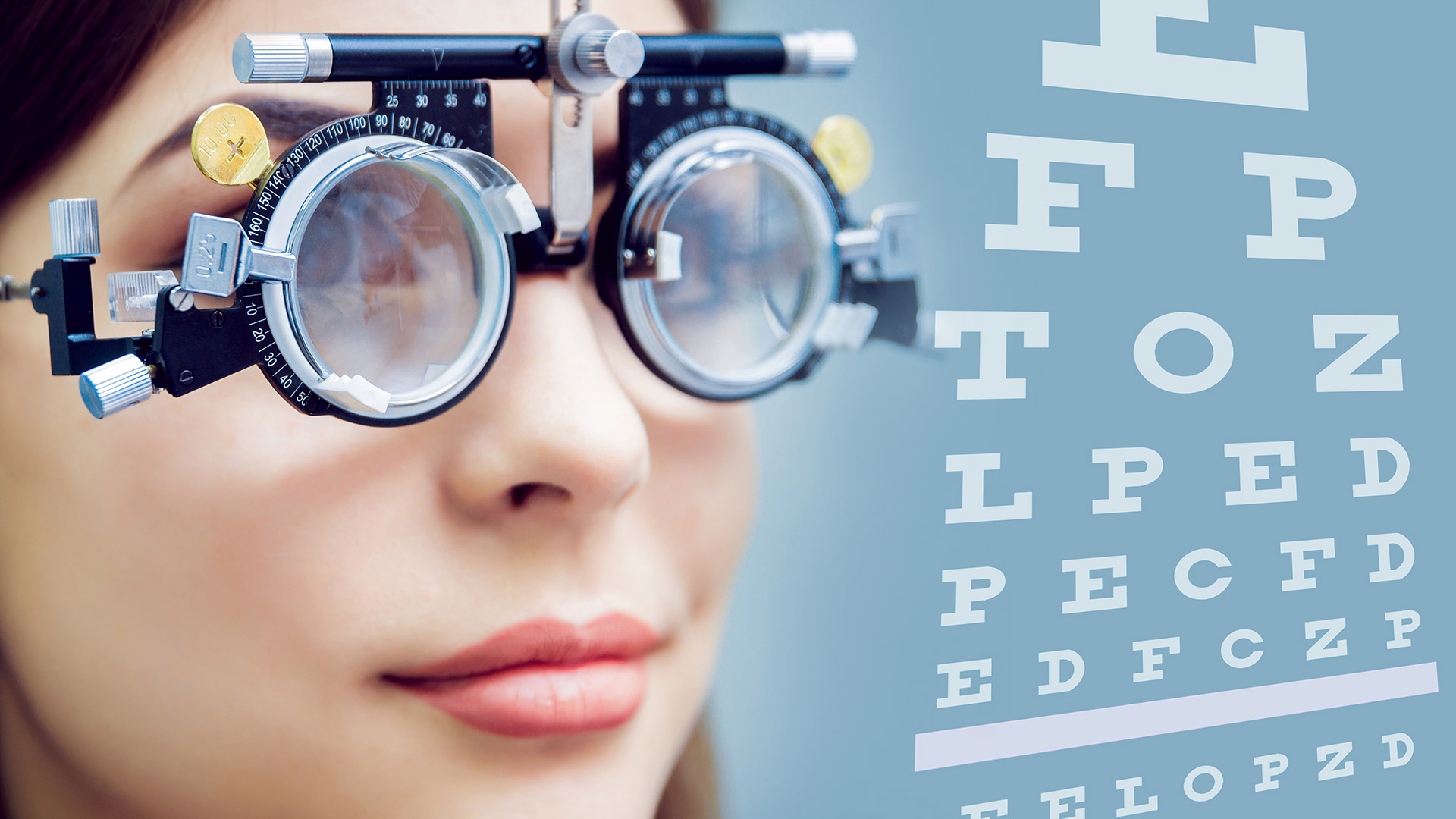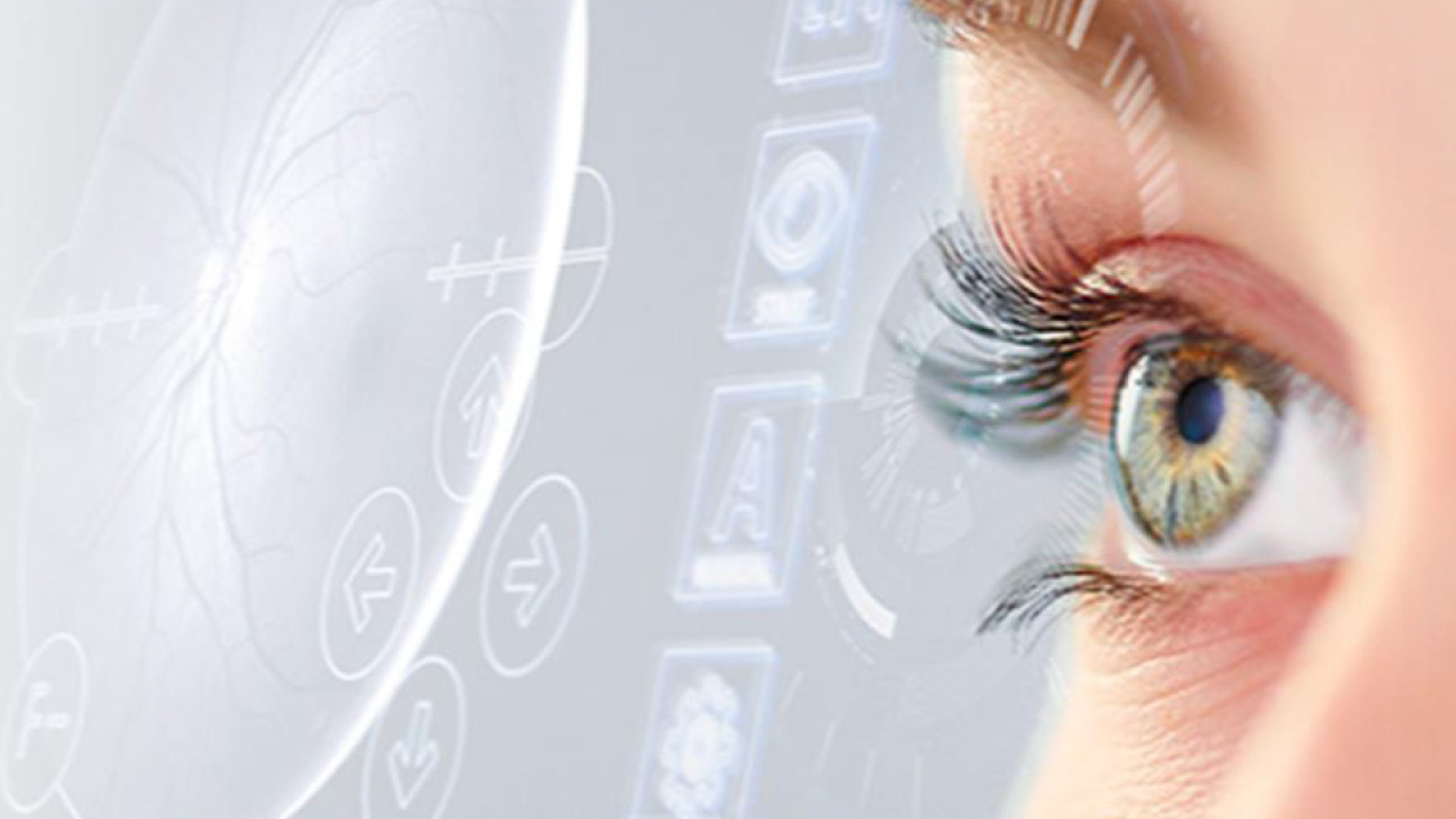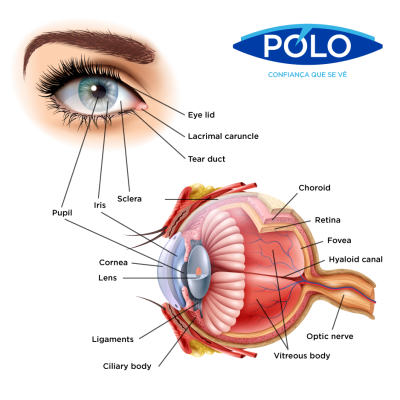The eye is the human organ that allows us to capture images of what surrounds us. The entire vision process begins in the eye. Did you know that the eye is responsible for more than 90% of the information we receive?
And that the human eye has, on average, 25 mm in diameter, 8g of mass, and a volume of 6.5 cc?
How is it made?
The image shows how the human eye is made, and the description explains the function of its main parts
But how does the human eye work?
It works like a camera. To produce an image, the eye also needs a lens – the crystalline, which is located behind the iris (the coloured part of the eye, responsible for regulating the amount of light entering the retina). The crystalline is responsible for filtering out some parts of the light spectrum that can harm the eye. Additionally, along with the cornea (a transparent opening of the eye), the crystalline focuses light to form an inverted image on the retina (the back of the eye). This image is then sent to the optic nerve, where it is rotated 180 degrees so that the brain understands it and, thus, we understand what we are seeing
.
Vitreous Humour – a transparent watery fluid that allows the transmission of light to the retina.
Ciliary Body – the muscular system responsible for focusing in near vision.
Cornea – a transparent structure on the outside area of the eye.
Crystalline – a biconvex lens positioned directly behind the pupil, responsible for 1/3 of the refractive power of the eye.
Pupil – an opening in the iris that varies in size depending on the amount of light.
Iris – a coloured pigment that surrounds the central opening (pupil) and controls the amount of light that reaches the pupil.
Retina – the innermost layer of the eye where the image, under normal conditions, should be formed.
Optic nerve – a nerve that carries information to the brain
Normal Vision
Emmetropia is defined as an eye with a practically spherical shape, where images are formed correctly on the retina, as shown in the image.
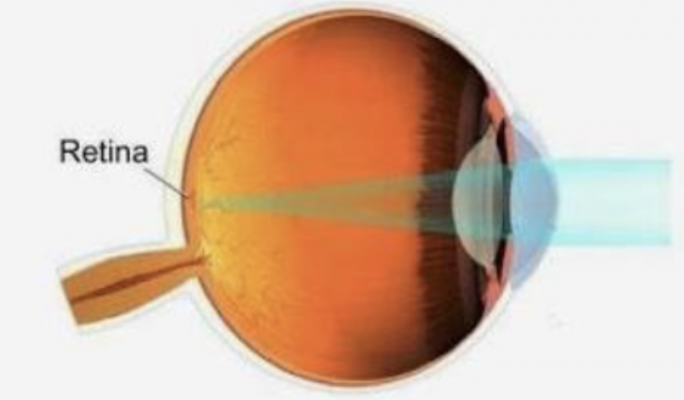
Emmetrope eye, in which the image is correctly formed on the retina




